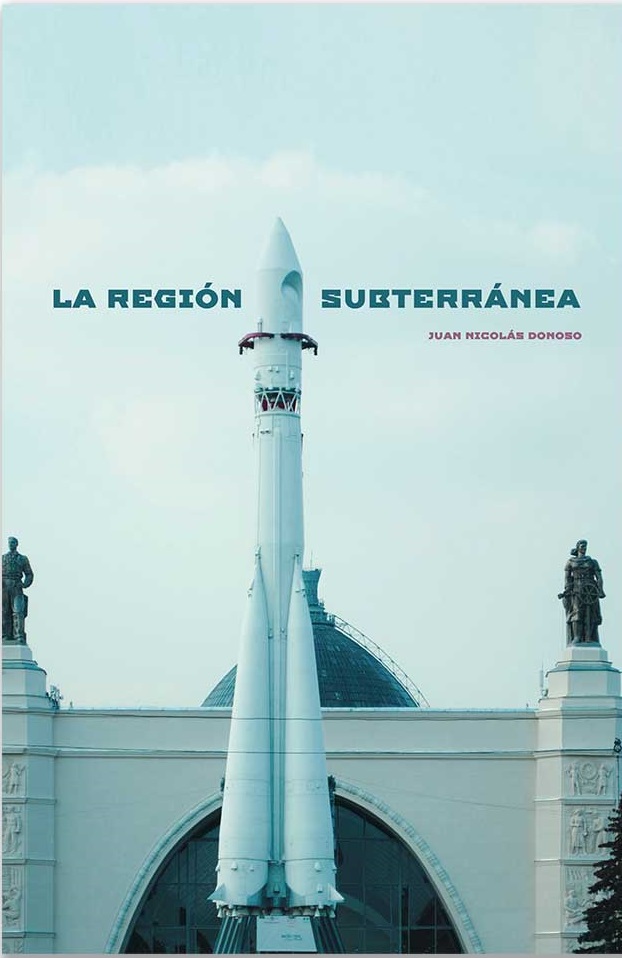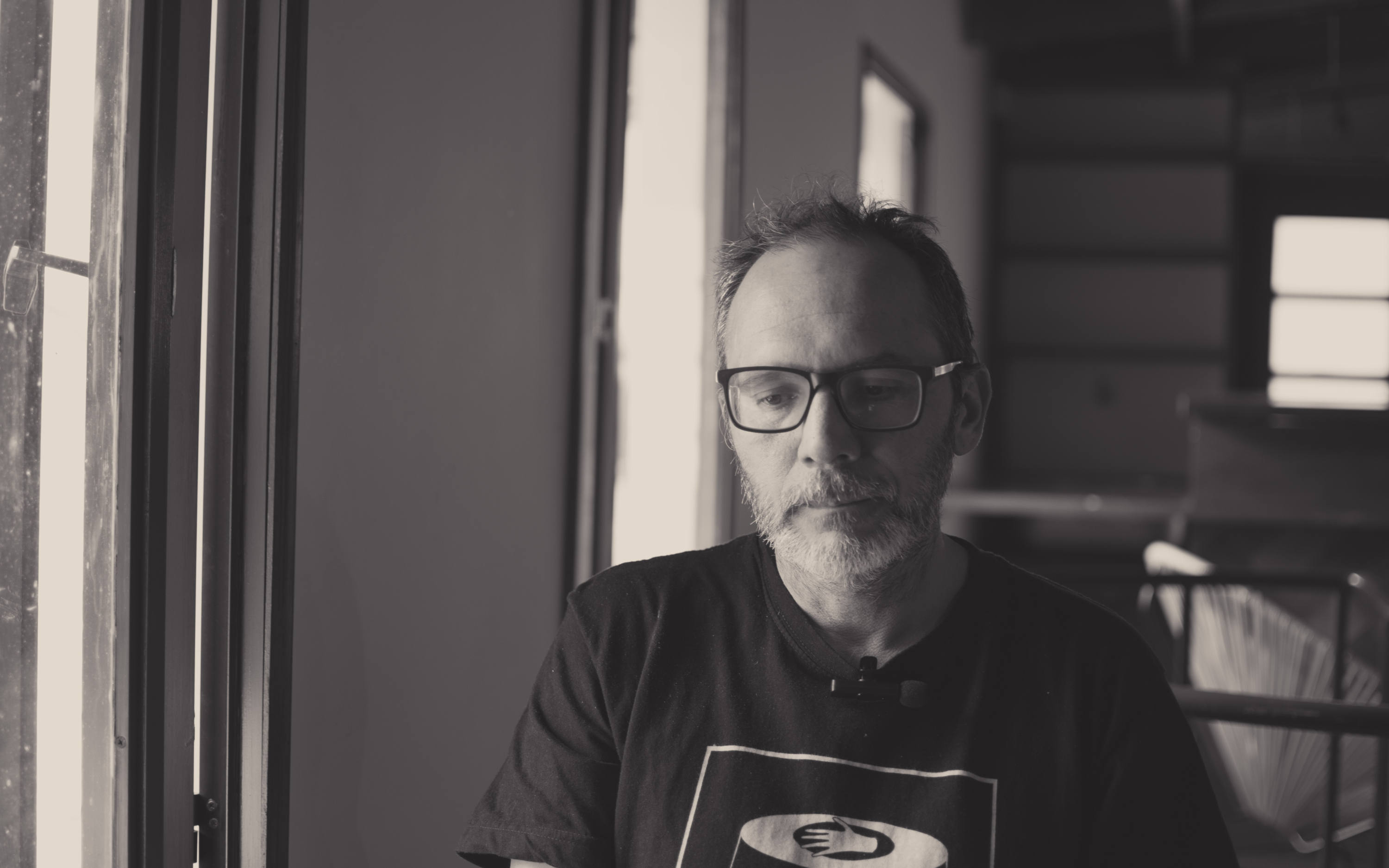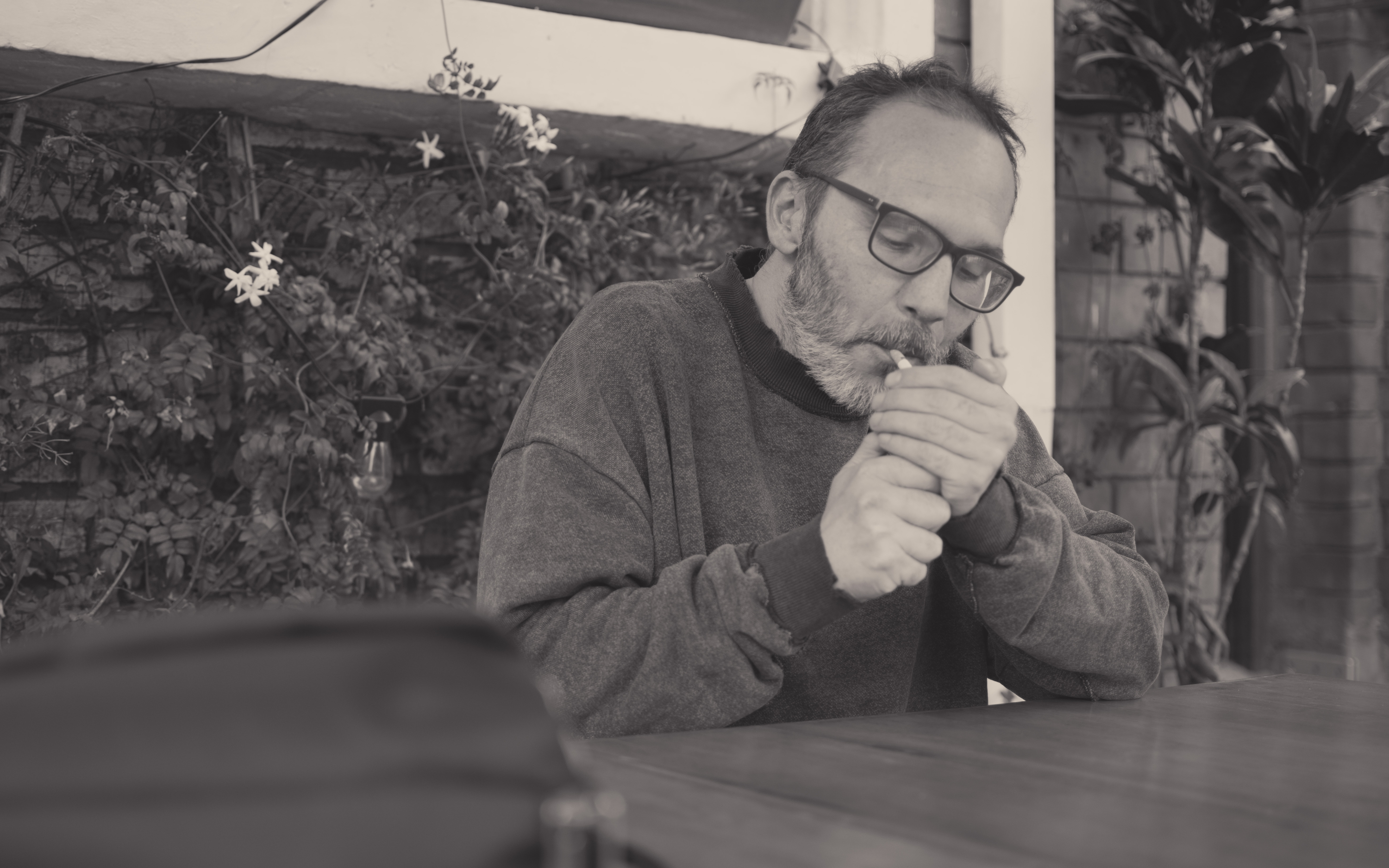'The Subterranean Region': A Spectral Journey Through Eastern Europe and the Ghosts of an Alcoholic

During the so-called Time of Troubles in Russia in the early 17th century, a figure named False Dmitry was crowned tsar, posing as Dmitry Ivanovich, the surviving son of Ivan the Terrible . In reality, Ivanovich had died in circumstances that were never clarified, but his imitator received support from Russian and other priests.
Bogota writer Juan Nicolás Donoso recalls this historical anecdote and adds that, in fact, three other "false Dimitris" ascended to the Russian throne, taking advantage of the fact that the crown had been left empty after the death of Ivan the Terrible, who had beaten his other son, Ivan Ivanovich, to death.
Donoso, who also studied fine arts and philosophy, decided to name the main character of his novel The Underground Region, recently published by Zaíno, Falso Dimitri.
In an evocation of the historical figure who gave him his name, the False Dimitri embarks on a journey to Russia , the country his mother used to tell him about when he was a child. “This narrator is a False Dimitri for another reason: he wants to be Russian, but he isn't. In his head, he even tries to find justifications for making this journey,” Donoso says.
The protagonist finds other connections between his life and the vast nation. For example, he grew up in Siberia, Cundinamarca, near the immense cement factory that closed in 1998. Donoso's previous novel, Siberia (Animal Extinto), features this mystical, failed town as a central element, a metaphor for the false promise of industrial development.

Cover of 'The Underground Region'. Photo: Courtesy of the author
"Siberia is very spectral. If you go there today, it's like Comala, but industrial. So, for me, that's always been deeply rooted, the notion of the ghost, the specter: history is a ghost, history is a specter," adds the Bogotá-born writer.
The novel not only traces the journey of the False Dmitri from Berlin to Russia, passing through cities like Prague and Oświęcim (the Polish name for Auschwitz), but also unfolds into other moments in the past. This is how the character recalls his childhood and youth, during which he was passed from school to school due to his behavior that bordered on criminality, and, on the other hand, he recriminates himself as an adult in which alcoholism has become an all-too-present characteristic.
These concepts of the ghostly and the spectral are present in all three narrative levels. To reinforce their importance, Donoso recalls the French-Algerian philosopher Jacques Derrida, who asserted that the specter is that thing that looks at us without us seeing it.
“The specter is also a footprint, isn't it? If you see a footprint in the sand on the beach, you know someone has been there. In a way, being absent is another way of being present, even more incisive,” Donoso adds.
These footprints in the sand are represented in False Dimitri's life in situations like the alcohol-filled blackouts in which he would lose consciousness, during which he would write messages on his Facebook wall or even jot down instructions on small pieces of paper, like: "When you wake up, write something about what happened last night and put it in a text."
They are also present in the political and social spheres explored in the novel. During his journey through Oświęcim, False Dmitri feels the echoes of the tragedy and horror that claimed the lives of more than a million people, while reflecting on his experience visiting the museum that was built on the site of the concentration camp.
The character also visits the Terezín concentration camp in the Czech Republic, where some 35,000 people died and another 80,000 were sent to other Nazi camps. There, as at so many other stops on his journey, False Dmitri took the opportunity to take photographs with his camera. And one particular element caught his attention.

Donoso is the author of "Siberia" and "Coprophagous Paradise." Photo: Courtesy of the author
“…I went through the photographs I had just taken in the camp and found more than 20 of the same window. I had taken them inches from the glass to focus on the layers of dirt and grime, the prisoners' fingerprints that remained intact on the glass from the war,” the author narrates.
The photographs Donoso himself took become another discursive plane in "The Underground Region." The book's cover, for example, is an image of the space rocket rising above the ground of the Exhibition of Achievements of the National Economy in Moscow.
More than simply accompanying or illustrating the text, photographs, according to Donoso, establish other kinds of relationships. The author cites references such as the German writer WG Sebald, who used this resource in novels like Austerlitz. “Other novels that use photographs almost always include a photo of a cell phone if they're talking about a cell phone. Partly because I studied visual arts, my idea is to play a little more, to break that relationship, that literality, without completely destroying the meaning,” he explains.
Jumping from time to time, and from text to images, the reader accompanies False Dimitri on this journey that takes him to historic sites such as the Cathedral of Our Lady of Kazan in St. Petersburg. In this passage, Donoso takes the opportunity to trace the origins of Orthodox Christianity and also reflects on another key concept in the novel: borders. At this specific point, Donoso questions the boundaries between the Western and Eastern worlds.

The author questions the boundaries between the Western and Eastern worlds in his novel. Photo: Courtesy of the author
“Here, the national border or the border between West and East prevails. But, for example, there is also the border between masculine and feminine; the human world builds borders so that we can more or less understand each other, and we move somewhat toward undoing those borders and creating others, of course, because we cannot live without them,” Donoso concludes.
The details of the noveleltiempo





